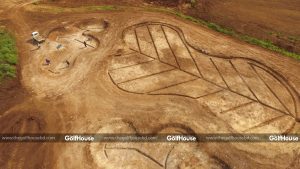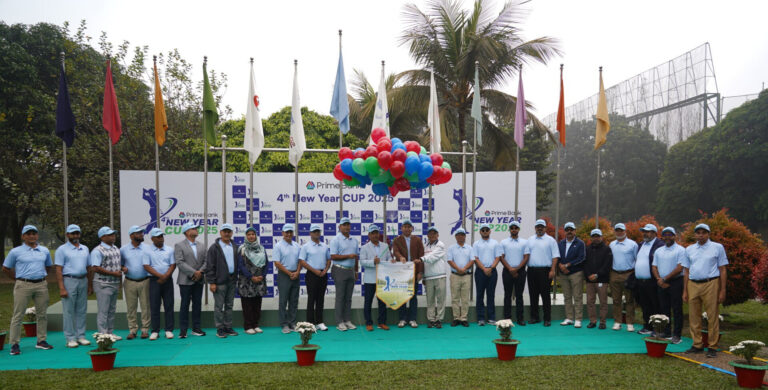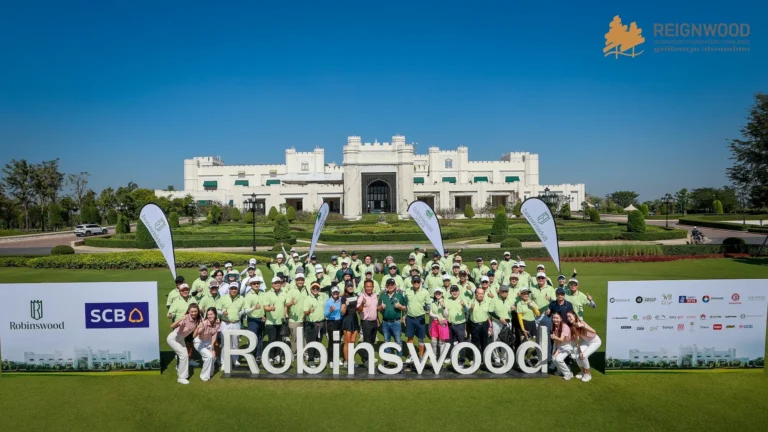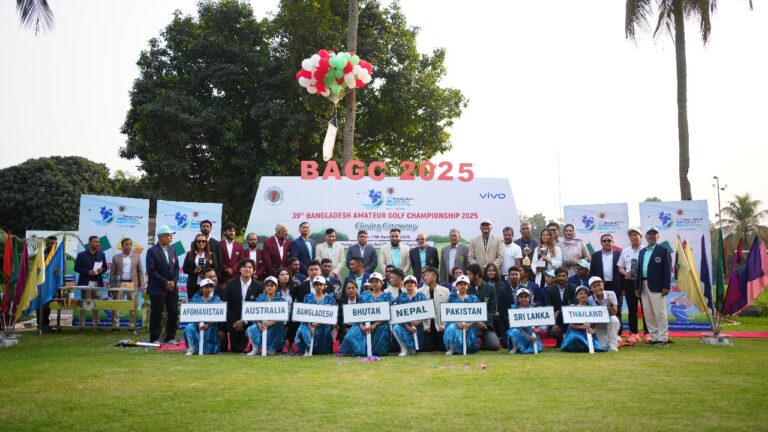by Paul Reeves
The creation of a golf course can be one of the most satisfying undertakings imaginable. Can you think of another opportunity for taking a piece of land and turning it into a facility that provides pleasure to many, is a home to some, workplace for others, provides an asset for a community, leaves a positive foot print of the environment while meeting its capital and recurring costs, a well-designed and managed golf course project can achieve this.
However the decision to develop a new golf course project is a serious one. It requires time, land, resources and money.

The process of designing and constructing a golf course project is complex. Market analysis, project feasibility, site evaluation, cost estimation, applicable legal permissions, site master planning, detailed design, construction and grow-in must all be understood and coordinated. Employing a Golf Course Architect early in the process will help guide the process in an efficient manner from start to finish.
A Golf Course Architect will blend a variety of disciplines into a worthwhile and cost effective process, their skills include but are not limited to:
- A thorough knowledge of the game of golf, its history and design strategy
- Site planning skills for incorporating golf and the various other elements of the project.
- Experience with various economic models, financing options, budgets, sustainability and permitting
- Site Planning to maximize the investment return
- Familiarity with heavy construction, agronomy, irrigation, soil science, civil engineering, landscape architecture, conservation, ecology and geology
- Training and experience in the creation of both a master plan and the detailed routing plans
- Creating specifications covering all of the phases required to build a golf course
- Assisting the bidding process to help select suitably qualified construction contractors
Once selected the Golf Course Architect should meet with the client and visit the site to ascertain the project objectives before commencing feasibility studies.

- Market / Financial– what is the market need for the golf course? What type of golf development will fulfil market requirements? What economic model will maximise the economic return for the client while ensuring the long term sustainability of the project? Alternative golf models (9 holes, par 3 layouts, residential, resort etc.) may need to be investigated.
Working with a Golf Design and Site planning team can ensure that a plan is developed that achieves the financial objectives while still creating a dream project.
- Technical– A golf course architect will examine the physical elements of the site, such as land area, topography, soils, geology, vegetation, drainage and water availability. They will also examine other restraints, such as legal and environmental restrictions surrounding use of the land, the local infrastructure and location of services, plus identify potential conflicts or safety issues

- Master Plan
Having determined the viability of the project the creation of a comprehensive Master Plan is vital. Developed by a project team that is usually led by the Golf Course Architect and typically including the clients’ team and other relevant consultants, the Master plan investigates how the design concept will convert into a golf course that is not only enjoyable but a sustainable and efficient to operate facility. This is the stage when the golf course layout, including locations for the clubhouse and maintenance facilities, the playing surfaces and landscape character, location, style and size of features will be prepared along with construction programmes and budgets.
- Planning Approvals
Planning requirements differ greatly depending on your locality. In association with a local planning consultant the golf course architect will provide a detailed design package to reflect local planning submission requirements and make the planning process easier.
- Building the Golf Course
The golf course architect will prepare detailed documentation, including contracts, plans and specifications to allow the project to be contracted out. If you need them to, they should also assist in evaluating responses and selecting the best contractors for the project.
The documentation should include plans for:
- Grading
- Drainage
- Clearing
- Irrigation
- Grassing / landscaping
- Features (Green / tees / bunkers)
- Specifications and Bill of Quantities
- Construction
As a golf course architect understands all the stages of the construction, they can assist in developing an accurate construction programme, and regularly visit the site during construction to ensure the course is built according to the contract documents, plans and agreed timetable.
As the golf course nears completion the golf course architect will fine tune the course ready for play. The final stage of making the design a reality is to establish a maintenance regime again the Golf Course Architect can assist with finding a suitable Superintendent and establishing maintenance programmes.
With the golf course completed and hopefully a great working relationship established, the golf course architect has the skills and knowledge to be retained as a consultant to assist with the ongoing development of the project will insuring both the original and ongoing objectives are reflected in the finished golf course.
















